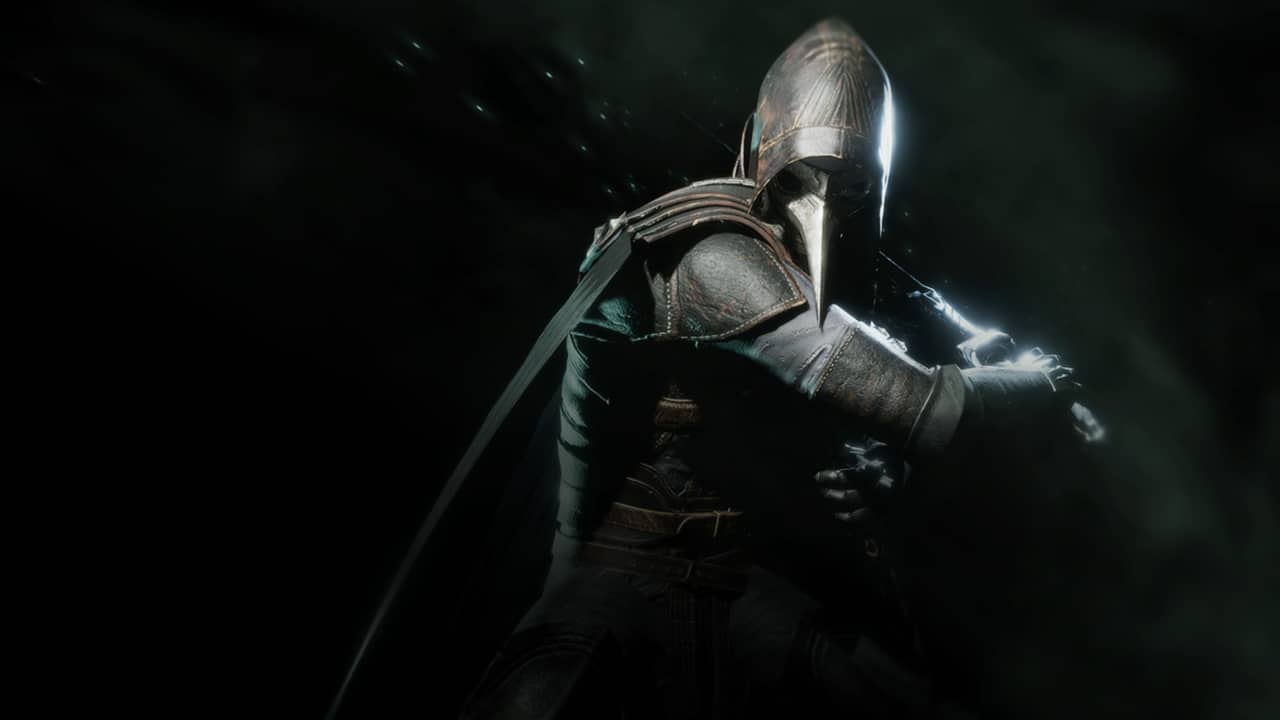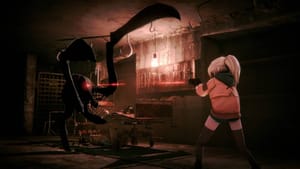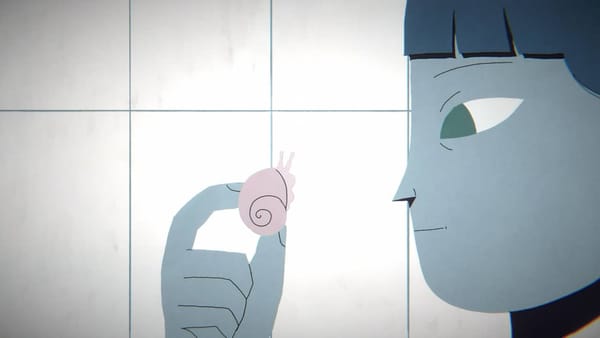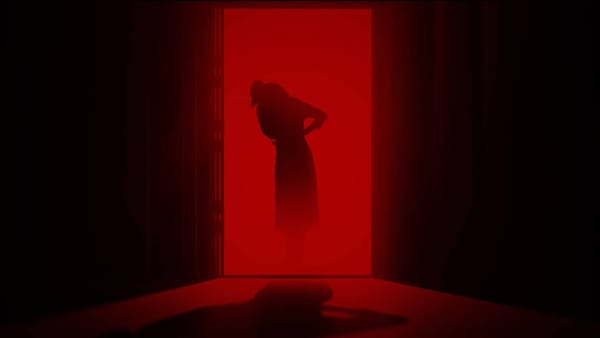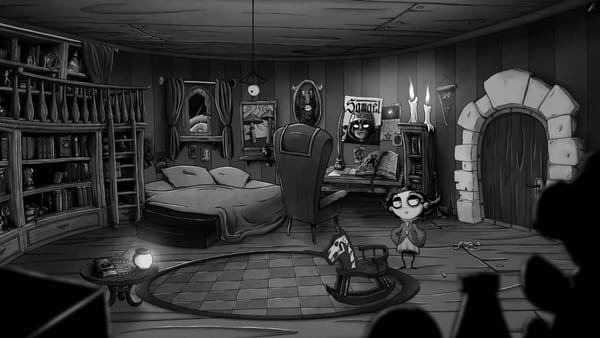Team17 is playing with fire. Their latest game, Thymesia, developed by OverBorder Studio, is one of the best Soulsbourne’s I’ve played. Why are they playing with fire? As a big fan of the sub-genre, I can gauge whether it’ll be good based on my playtime: I can’t put this down.
A few things to note about Thymesia if you can’t be arsed to read the review:
- Very much like a Dark Souls game from the bonfires through to the ridonkulous bosses.
- There are no outfits or physical weapons to don, but you do get a large selection of plague weapons that serve as your specials.
- Incredibly slick and satisfying combat, but you MUST learn to parry and evade.
- Though ambiguous, there’s a nice (well, sinister) ambience to the game.
- Skill trees (not base stats) can be reset for free at any save point. No more larva tears!
Alright, slight exaggeration as I have to write this and not at that stage of automating everything I do. Also, I have Elden Ring on the go now. To put it in perspective, when downstairs, I’m on that, upstairs, playing Thymesia or watching por – poetry. That’s what I do with my free time.
Another Thymesia Review
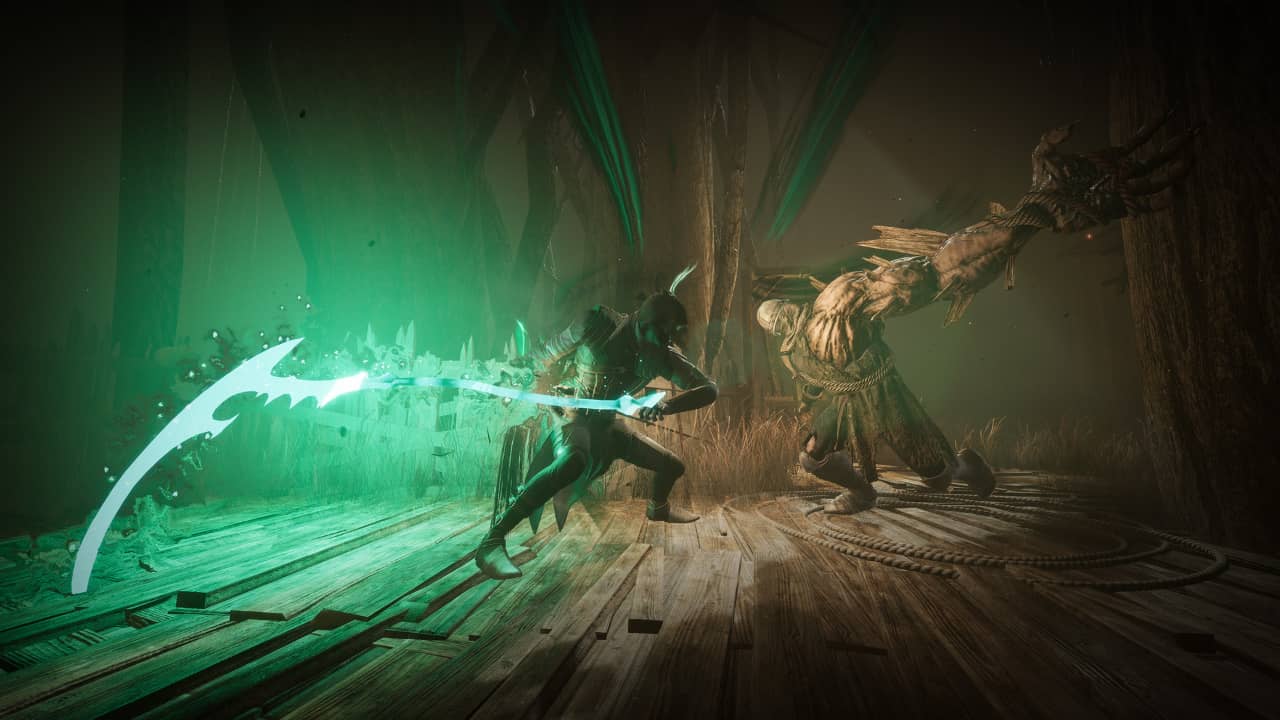
In the game, you play Corvus. An enigmatic chap who’s lost his memory. Piecing it together means exploring memory shards, and many a villain occupies those shards. Fortunately, Corvus hasn’t forgotten how to wield a saber. Moving at eye-watering speed, he moves in for an attack, rolls out, and then stabs or slashes immediately after the dodge depending on your talent tree.
It’s almost as if this guy is an endgame dex build, as the start of the game doesn’t offer that much challenge. It was such a cakewalk that I had to check if there was a difficulty setting, but after a quick reality check of a mini-boss fight and the subsequent henchmen packed into the next area, I was not as ready as I had believed.
Slick, Rick
Thymesia behaves like most of these games, but there appears to be an evolution in the storytelling. It’s neither overly vague nor bombards you with lore you’re likely to forget faster than your significant other’s birthday. However, many notes are scattered around, so if you are… taking notes, there’s a lot to discover and swot upon.
But we don’t play these games solely for the narrative but the combat. As stated, Corvus is slicker than a toad wearing a dress made of jelly. There was zero lag; attacking and evading (ignoring the feather technique) were second nature. That doesn’t mean I’m good at it, but it’s so responsive; Thymesia is one slick game.
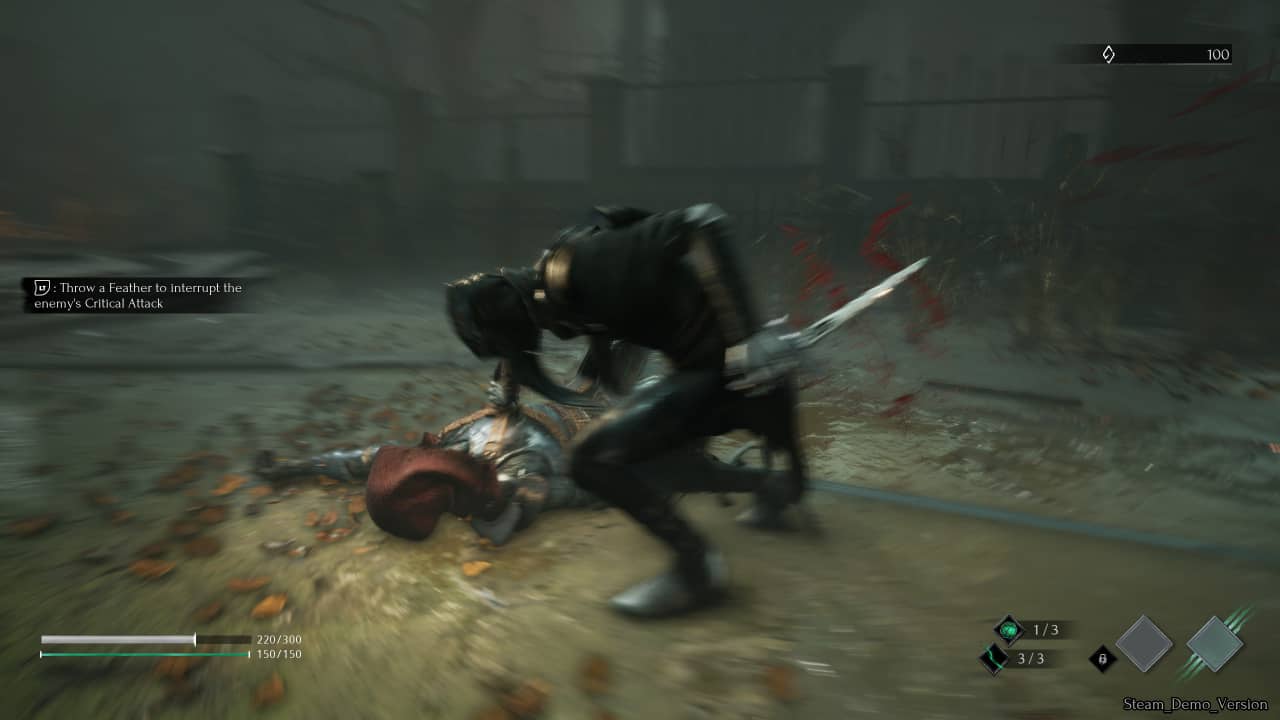
All the hallmarks of the genre are here. There’s your lore, dubious characters you wouldn’t trust with your dog, long paths that are soon countered with a decent shortcut when you find it, hidden objects, unique playing styles, and, of course, the mechanics. Where Thymesia differs is through the combat. You have a saber for basic combat that doesn’t consume stamina and a heavy claw attack that runs on energy.
Each enemy has two health layers; your job is to wound them. Though the claws do heavy damage, you must undress the enemy’s vitality by hitting with the saber, and finishing off with the claws. If you don’t keep attacking when wounded, ALL enemies automatically heal! And yes, attacking is superior, but the key style of play is evasive and parrying techniques. The latter is straightforward, but the feather skill was my undoing.
When an enemy attacks, a green aura will appear where you can throw a feather (or use your wing) and do severe counter damage. The ‘alert’ isn’t a guarantee you’ll be able to time it but a guideline. Unfortunately, many enemies have high defences, so it’s essential to learn this. I went the grinding root to overpower them, but that only really works on the bosses, and even then, they’ll rip you a new one.
You Got Plagued
Another combat feature is the plague weapons. Corvus doesn’t carry a loadout but can steal these holographic behemoths from enemies and use them against them as a special. Additional kills will give shard drops, allowing you to level up these attacks, lowering their energy consumption and improving their effects. These weapons resemble the 80s classic Visionaries. Ask that older uncle of yours, or look it up on YouTube.
What else? Thymesia also has a side dish of skills. Aside from base stats that cover the power of your saber, claws, energy and health, you can invest in a skill tree that suits your playstyle. Each time you level up, you can invest in a new skill – saber or claw skills, plague attacks, more feathers, or unique abilities that reward health each time you execute an enemy. Best of all, you can reset these skills on the fly without needing a consumable, so in some ways, they are customisable for each area.
Without a doubt, the combat in Thymesia is a delight. Aggressive players will be in their element, but I have to admit, the evasive/parrying nature was the biggest roadblock for me, and I have no shame in saying that I haven’t finished this and will await some streamer who’ll show us the best paths/techniques to get OP’d. There’s only so much time one person has, and I have to say that I’ve put more time into Elden Ring. That’s no slur on Thymesia, but a time factor. Irrespective of rubbish excuses as to why I’m no good, this game is a must for Souls-like fans. It’s incredibly familiar, yet there are enough USPs that make this a real standout.


